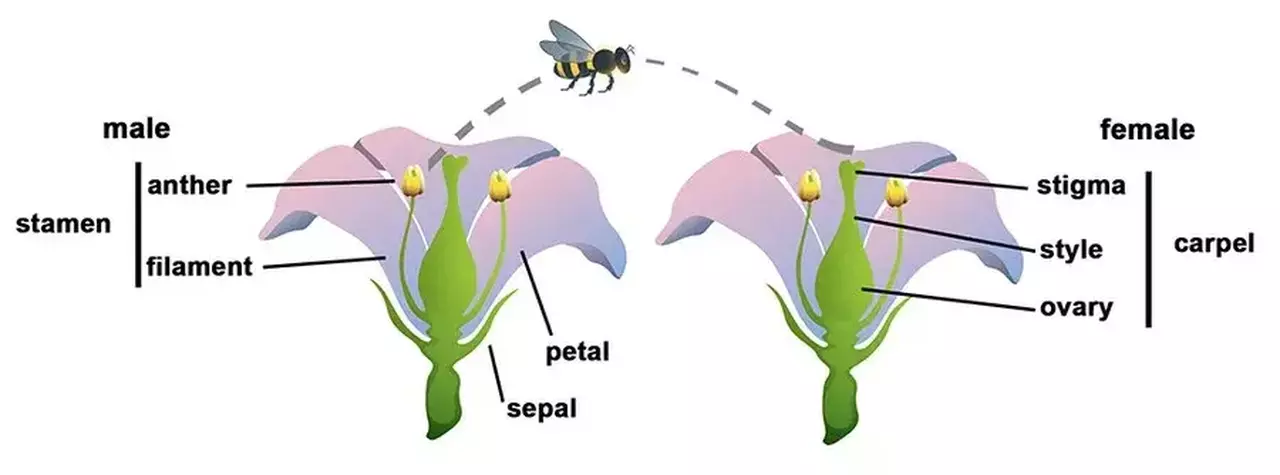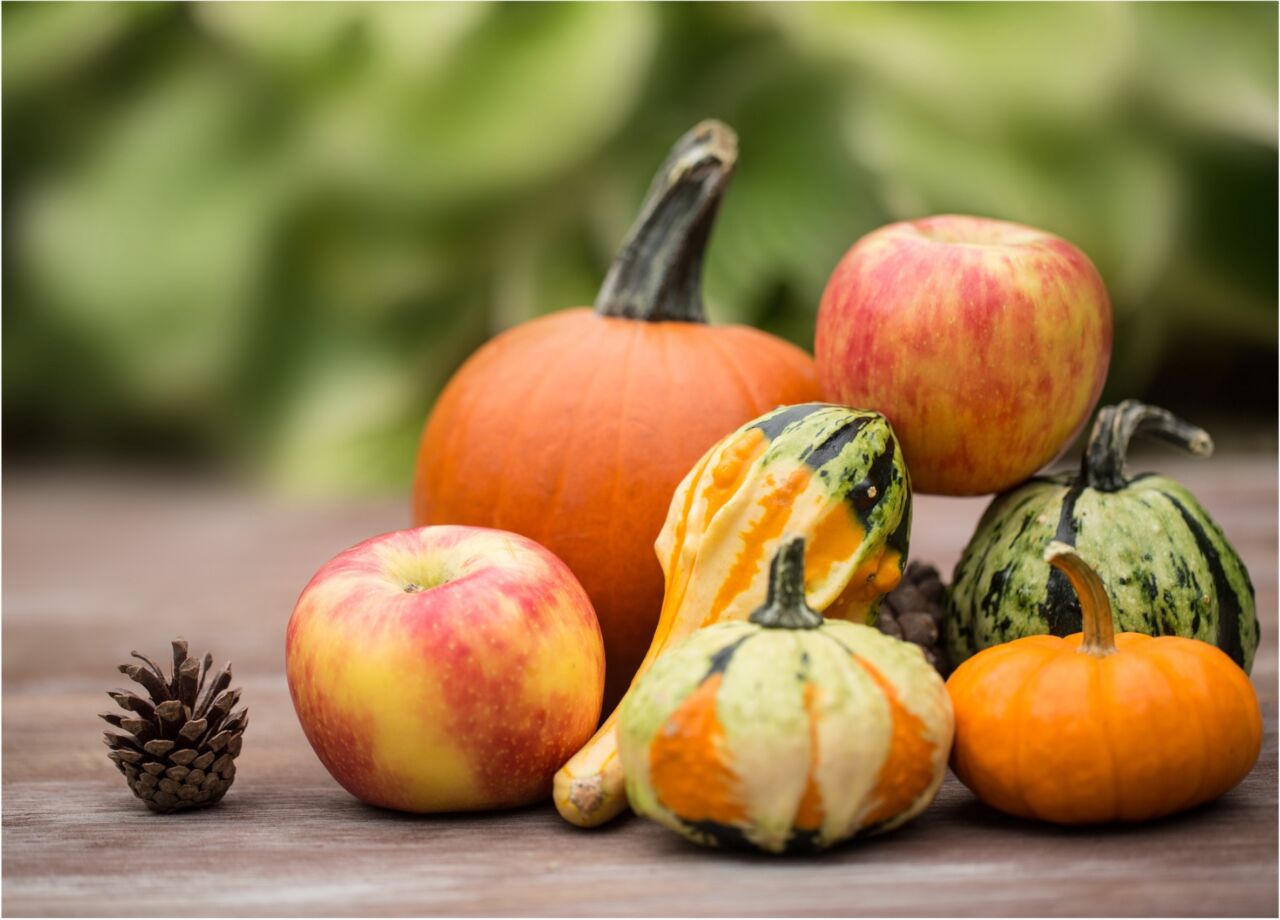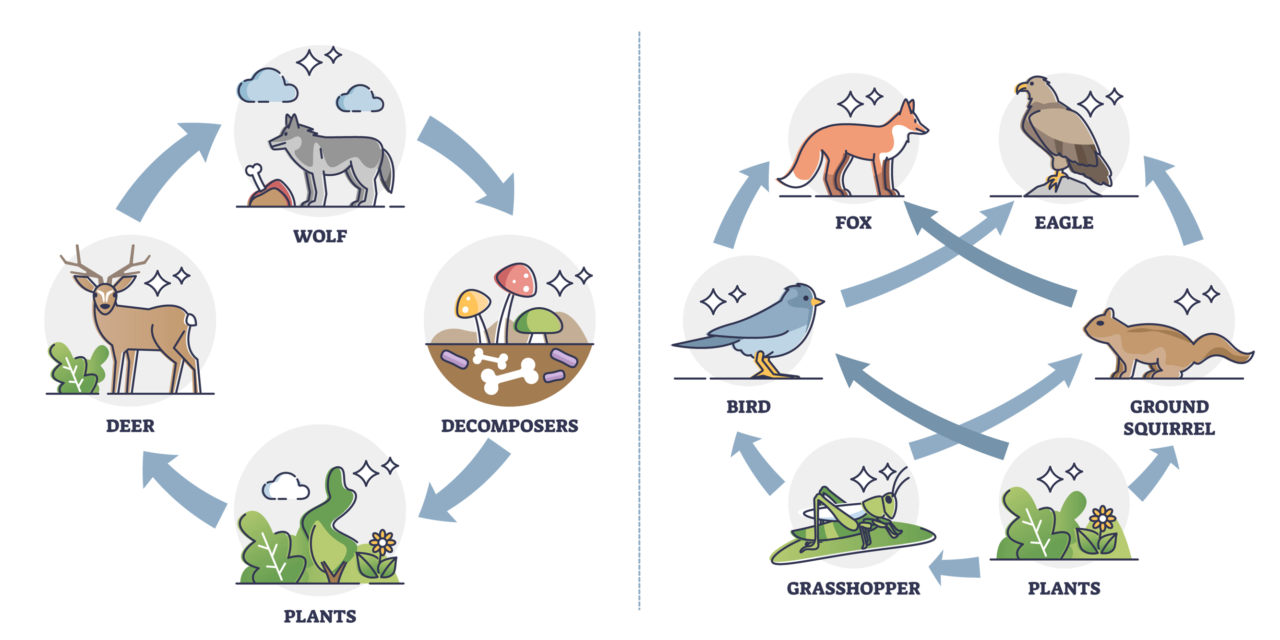
What is a pollinator?
Every plant that flowers requires pollination to reproduce – the movement of pollen from male structures (anthers) of flowers to the female structure (stigma) of the same plant species. From pollination, seeds are created and new plants grow. While some plants are wind-pollinated, many benefit from, or depend on, animal pollinators. In Pennsylvania, the main animal pollinators are bees, flies, butterflies, beetles, and hummingbirds. These animals feed from flowers and inadvertently move pollen grains on their bodies.

Pollinators are essential for a healthy human diet

Did you know that 1 of every 3 bites of food we eat are insect pollinated?
These foods are usually the most nutritious, as they are packed with micronutrients and provide color to our plates. In Pennsylvania, apples, pumpkins, and peaches are valuable insect-pollinated agricultural products contributing millions of dollars to the state’s economy.
Pollinators are essential for functioning ecosystems
To maintain the diversity of our natural ecosystems, we need healthy pollinator populations to ensure that the next generation of plants will be produced. Approximately 80% of non-agricultural plants that benefit from animal-mediated pollination are the foundation of earth's food chains. The leaves, fruit, and nuts that plants make are eaten by herbivores which in turn are hunted by predators. Furthermore, these plants provide shelter and nesting habitat for many different animal species.

